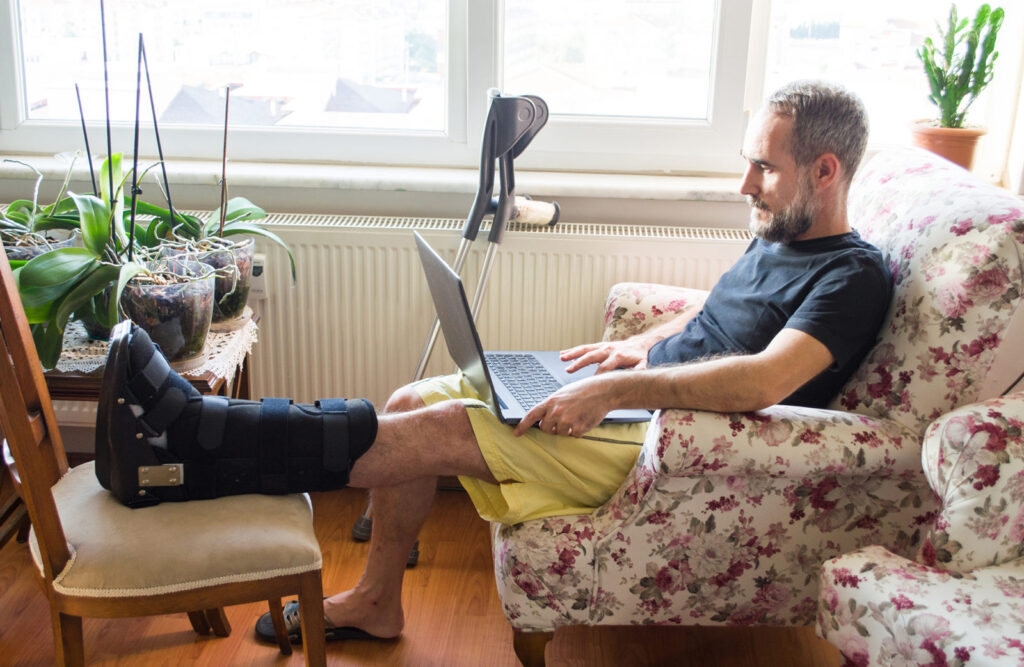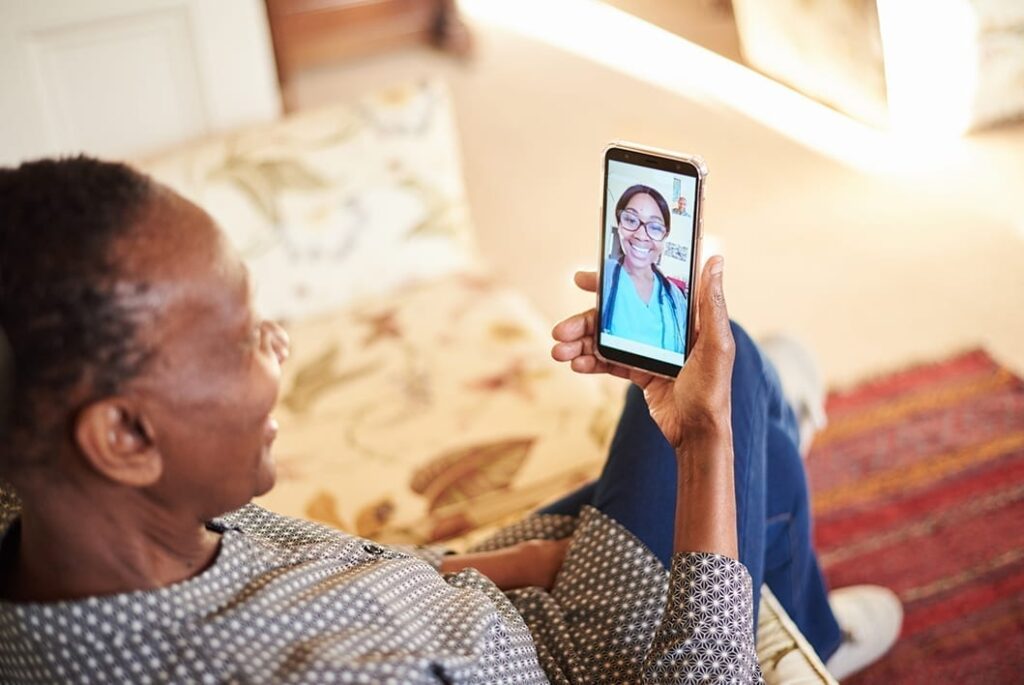
Guest blogger Jane Sarasohn-Kahn shares how recent acquisitions of telehealth companies means telehealth and virtual care is now a regular form of healthcare delivery.
By Jane Sarasohn-Kahn, MA, MHSA
As the pace of investments into digital health technologies and innovators grows more quickly, we can see a trend line that portends a major shift accelerated by the COVID-19 pandemic: Telehealth has become the “Intel Inside” of healthcare.
Starting in the 1990s, Intel launched an ad campaign that established the company as a household name. As the demand for central processing units increased in the late 1980s and 1990s, Intel knew that it had to communicate to end users that the best computers used its microprocessors—i.e., the secret in the tech-sauce, the so-called “Intel-inside.”
Intel began its brand positioning of the 386 microprocessor in 1991. By the looks of it, the product was a small uninspiring bit of plastic and metal. How could that possible enchant a consumer?
Intel created a perception that CPUs were the most important component of a computer, suggesting that this thing could reduce risks associated with purchasing a computer. As a result of the campaign, PC buyers who bought machines with Intel chips were perceived as, “modern, high tech, and in the know of things.”
The “Intel Inside” promotional mantra persists to this day. That’s what’s happening to telehealth “inside” so many of the new digital health deals and investments being made since the start of the COVID-19 pandemic and well into the second quarter of 2021.
Telehealth has become a must-embed feature in digital health companies, based on several new deals involving vertical integration of virtual care.
Deal 1: Accolade Acquires PlushCare
Accolade’s core business model has focused on employer-sponsored health for workers, helping consumers navigate the complexities of U.S. healthcare. If we put that original mission in a market landscape box, it would be something like “health navigator” or “healthcare concierge” services.
In April 2021, Accolade announced the purchase of PlushCare, a telehealth company, for the price of $450 million.
What does the purchase and integration of a telehealth service do for Accolade? The company began to work with PlushCare in March 2020 in the early stages of the pandemic to guide employees to coronavirus resources, testing and care. With the acquisition, Accolade provides that “last mile” of care to the primary care physician’s office. By doing so, the company can bolster its approach to population health management, as well as prescription drug channeling.
Deal 2: GoodRx Buys HealthiNation
GoodRx, the startup that successfully became a household name 2011 by helping consumers get discounts on prescriptions, acquired HealthiNation earlier this month.
This isn’t the first telehealth venture for GoodRx. In 2019, the company acquired HeyDoctor, a telemedicine company. By adding HealthiNation to the combined prescription drug-telehealth mix, GoodRx expands its footprint in healthcare information and communications, bolsters its ability to effectively engage with consumers, boosts health literacy, and inform people for better self-care at home.
Deal 3: Bright Health Gets Zipnosis
Bright Health operates in more than 50 healthcare markets across 13 states, providing a tech platform that enables local providers to coordinate care and manage risk for plan members. In early April of this year, Bright Health acquired Zipnosis, a telehealth provider that was established in 2009.
Duringthe pandemic, Zipnosis’s platform was adopted by about 60 health systems in the U.S.—and reported more than 2 million virtual visits in 2020.
In contrast, Bright Health, an insurance technology company, is relatively newer—founded in 2015. By bringing in Zipnosis, Bright Health can help its customers better manage financial risk by having a telehealth workflow and network at-the-ready, the intent to streamline the process and continuity of care.
Other Deals Further Paint the Telehealth-Inside Picture
In larger context, Amazon, Cigna, and Optum (part of UnitedHealth Group) have also recently expanded their telehealth footprints. Amazon has provided telehealth services to its employees for a while, but it recently announced that it would offer its its telehealth program to other employers.
Cigna is acquiring MDLive, a deal that is expected to close by the end of June 2021. Cigna launched a subsidiary, Evernorth, in 2020, and is expanding consumer-facing offerings from this growing portfolio of services.
Optum Virtual Care expanded telehealth operations in all 50 states in April. “I’ve been keeping an eye on the patient verbatims as we’ve been deploying the Optum virtual platform,” said Sir Andrew Witty, chief executive officer, said in the company’s April 15, 2021, earnings call with analysts. “The feedback is really extraordinary in terms of how patients are seeing this, the benefit they feel from it, and the ease with which they’re able to engage with it so … this is exactly the kind of thing you’re going to see going forward. I think Optum in an extremely advantaged position being able to bring together this notion of integrated telehealth with physical and behavioral health, and that’s going to be the path we go. And I think we’re on the verge of kind of next generation of what this looks like versus what we’ve seen previously.”
Thank you, Sir Andrew, for spelling out my thesis. Telehealth and virtual health have reached that tipping point to be, simply, “just” another workflow and site choice for healthcare in the mix of service delivery.
I don’t use this word “just” lightly, as we know there are challenging barriers to deploying virtual care across the continuum and into peoples’ hands and homes. But from providers’ experiences in the pandemic and patients’ growing expectations for care closer to and “inside” the home, it is not outrageous to think of telehealth as part and parcel of the norm in healthcare delivery. As with “Intel Inside,” those health systems embedding telehealth “inside” their healthcare delivery systems will be welcomed as modern, up-to-date, relevant providers in the eyes of COVID-19 and Amazon-primed consumers.



About The Author: Jane Sarasohn-Kahn, MA, MHSA
Through the lens of a health economist, Jane defines health broadly, working with organizations at the intersection of consumers, technology, health and healthcare. For over two decades, Jane has advised every industry that touches health including providers, payers, technology, pharmaceutical and life science, consumer goods, food, foundations and public sector.
More posts by Jane Sarasohn-Kahn, MA, MHSA